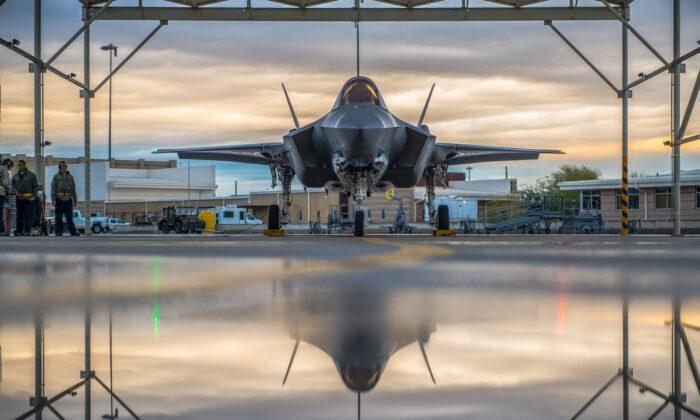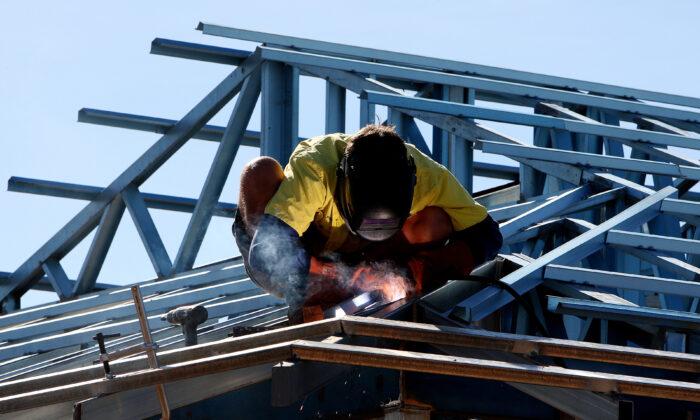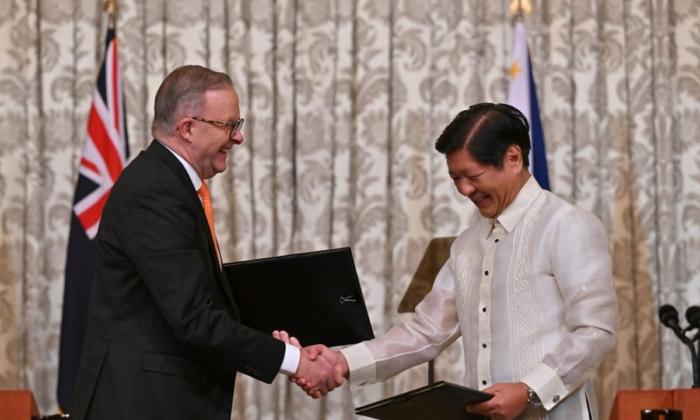Australia’s new F-35A fighter jets may require technological upgrades after the Pentagon’s decision to delay the approval of the plane’s new weapons system.
This has meant that any newly manufactured fighter jets by Lockheed Martin that the United States takes delivery of will be mothballed until then.
“Lockheed Martin is fully dedicated to delivering TR-3 F-35 aircraft and will continue to work with the Joint Program Office on software development while maintaining the highest levels of safety and quality,” a spokesperson for Lockheed Martin Australia said in an email.
The Lockheed Martin spokesperson also said that the company was not able to predict if there will be any future delays in the delivery of the TR-3 system to the Australian fleet of planes.
“It is too early to predict any future delivery adjustments. We remain committed to providing TR-3 for the F-35 fleet as early as possible.”
The Epoch Times has reached out to Australia’s Defence Department and the Shadow Defence Minister Andrew Hastie to ask about the delay and its impacts on Australia’s capabilities but has not received a comment from either party.
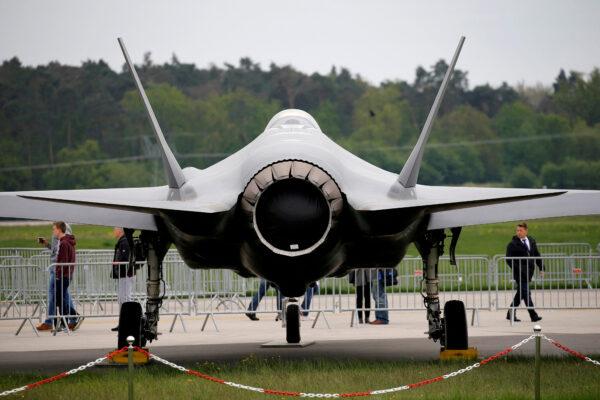
US Won’t Accept Tr-3 Hardware From July
The delay in the delivery of the systems comes after the JPO told the U.S. Congress in March that they believed there was a “risk of TR-3 delivery slipping until the December 2023-April 2024 timeframe.”“Starting later this summer, F-35 aircraft coming off the production line with TR-3 hardware will not be accepted (DD250) until relevant combat capability is validated in accordance with our users’ expectations. The JPO and Lockheed Martin will ensure these aircraft are safely and securely stored,” JPO spokesman Russ Goemaere told Breaking Defense on June 12.
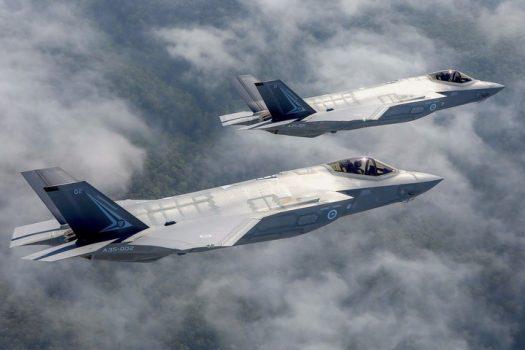
The pilot was forced to eject from the plane, with the U.S. military saying the jet suffered from a very rare form of harmonic resonance.
On Jan. 5, Pentagon Press Secretary Brigadier General Pat Ryder said that the JPO office has agreed with the planes’ engine manufacturers Pratt and Whitney, to delay the scheduled delivery and acceptance of F-135 engines until further information from the investigation is known and the safety of flight can be assured.
China Warned New F-35 is a Threat
The delay in the Tr-3 system comes after a study in the Chinese language journal Modern Defence Technology in April warned that the newest F-35 poses a more significant threat than the US F-22 Raptor Stealth Bomber, reported the South China Morning Post (SCMP).The study analysed the threat levels of different U.S. military aircraft at different stages of a counter-air operation at a range of distances from China’s coastline and found F-35A was likely to be a more versatile and capable aircraft in any potential conflict in China’s home waters.
The SCMP said the study suggested that China should enhance its “soft kill” electronic warfare capabilities as well as physical weapons to provide a “hard kill” response
“The F-35A poses a greater threat than the F-22A due to its more advanced avionics systems and multirole capabilities,” the study argued, reported the SCMP.
